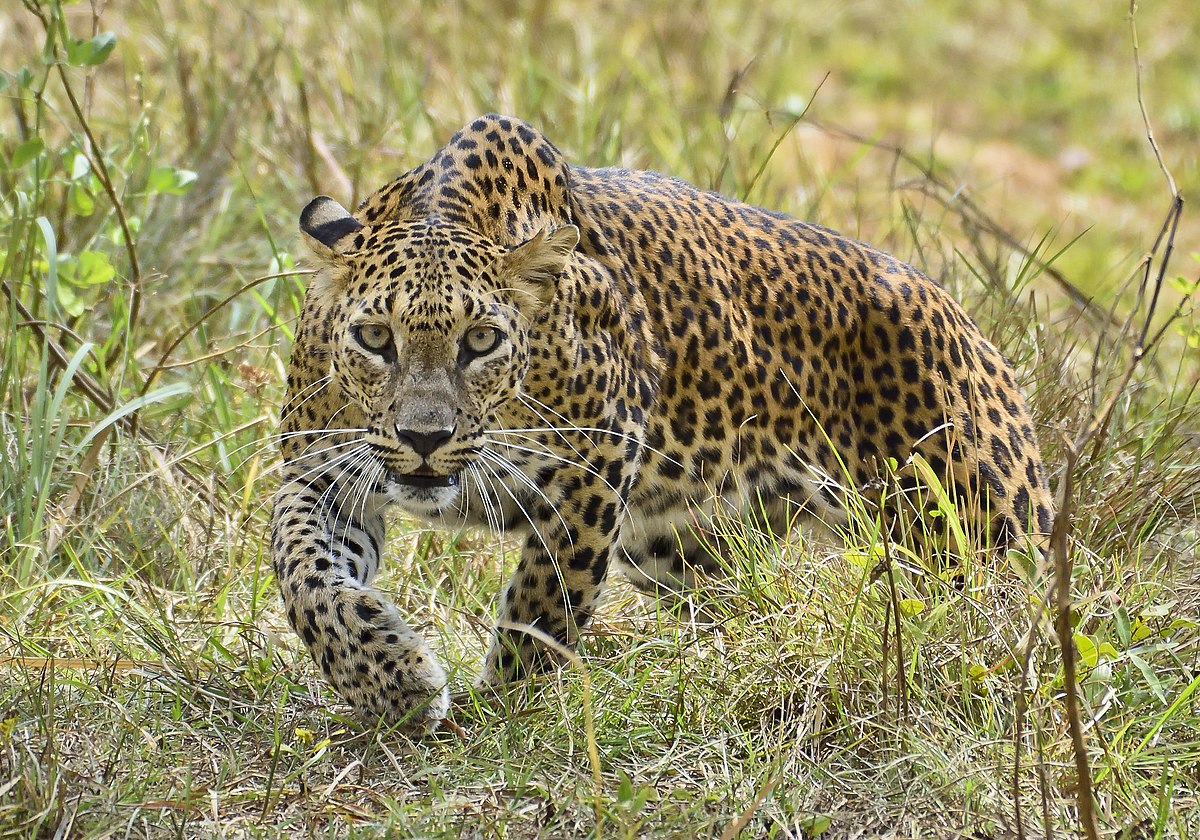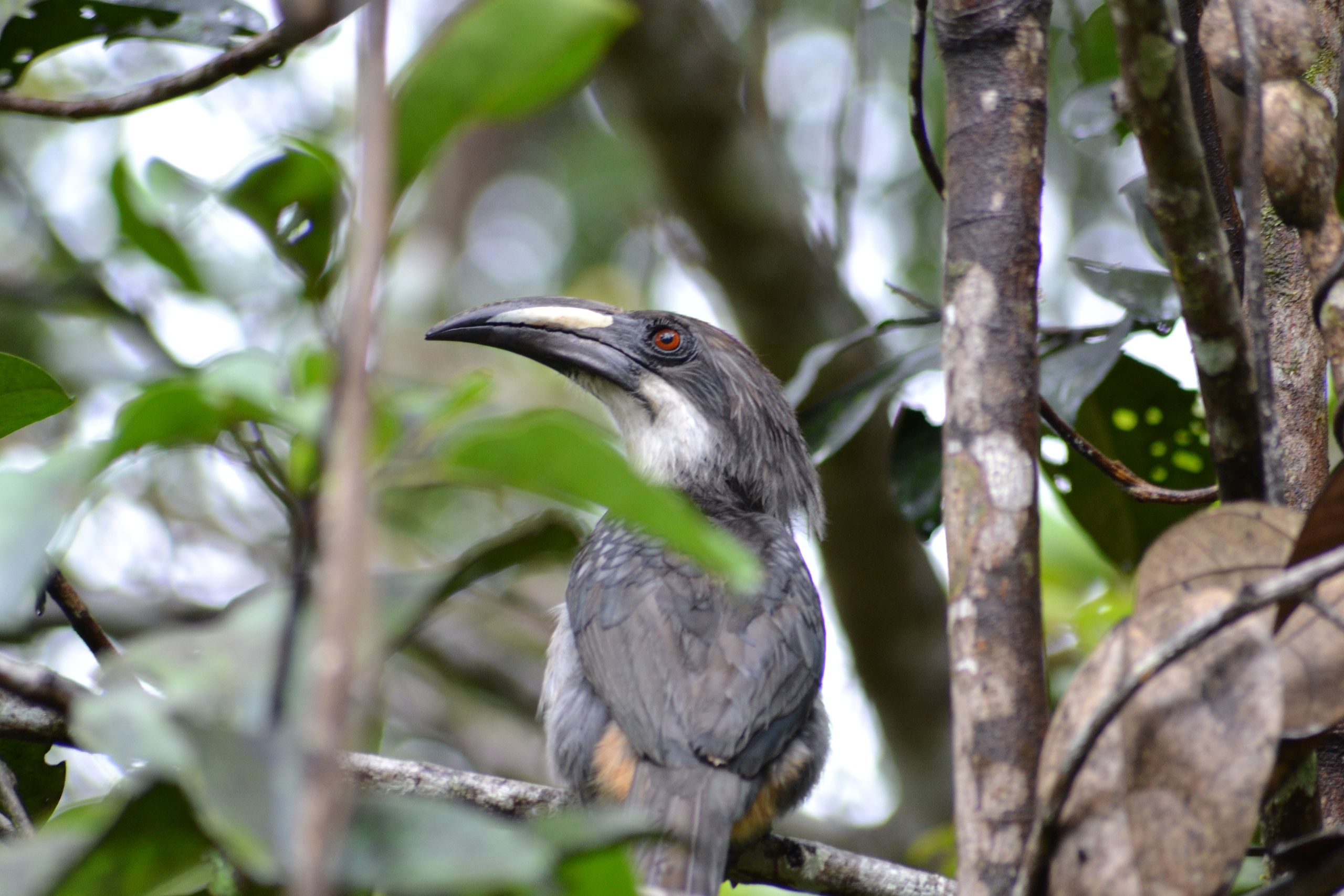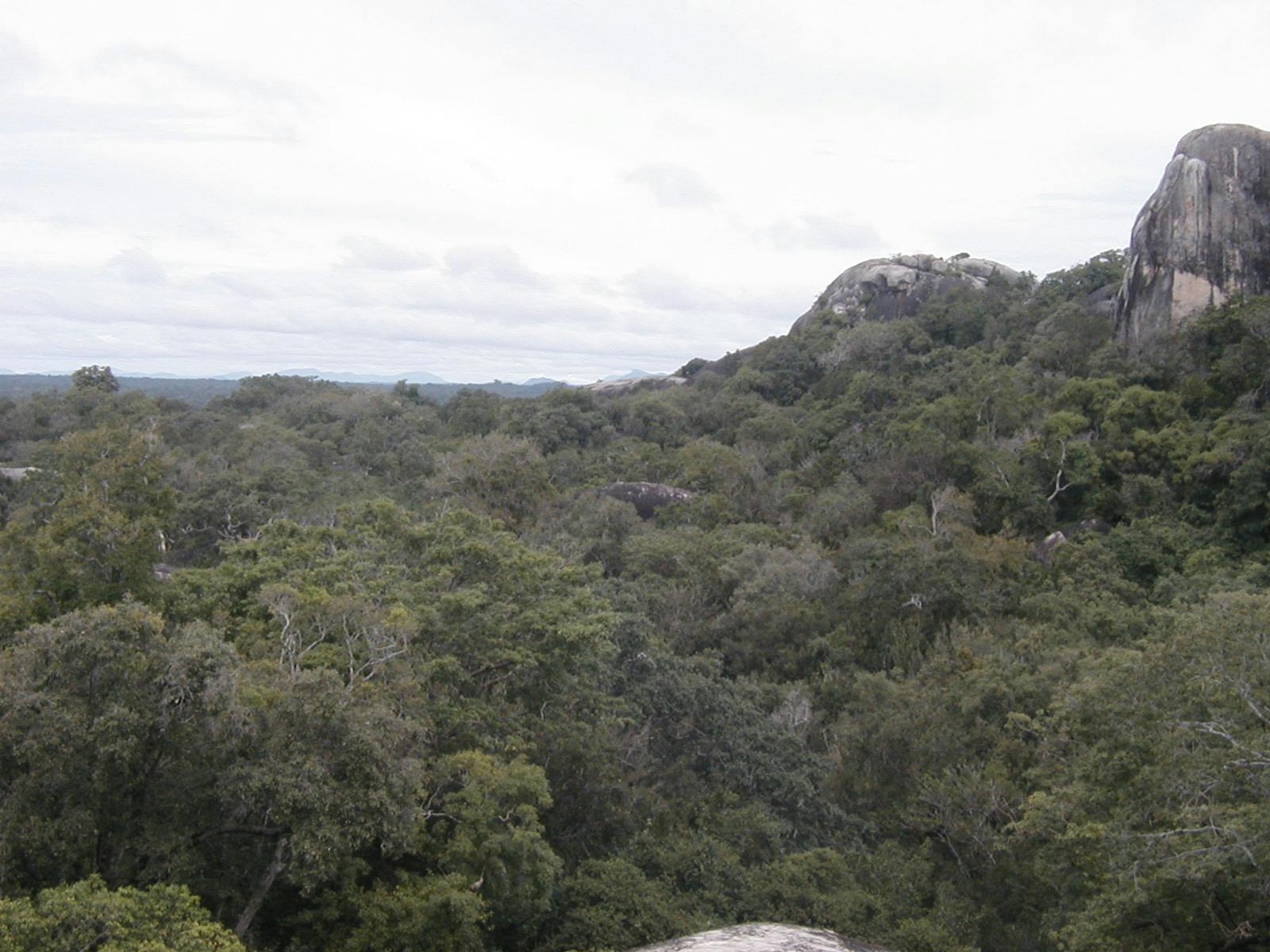Sri Lanka Dry-Zone Dry Evergreen Forests
The ecoregion’s land area is provided in units of 1,000 hectares. The protection goal is the Global Safety Net (GSN1) area for the given ecoregion. The protection level indicates the percentage of the GSN goal that is currently protected on a scale of 0-10.
Bioregion: Greater Deccan-Sri Lankan Forests & Drylands (IM8)
Realm: Indomalaya
Ecoregion Size (1000 ha):
4,853
Ecoregion ID:
301
Conservation Target:
51%
Protection Level:
7
States: Sri Lanka
The Sri Lanka Dry-Zone Dry Evergreen Forest ecoregion supports one of Asia’s largest Asian elephant populations, estimated at over 6,000 elephants in this relatively small ecoregion, and has one of the best opportunities to conserve Asia’s largest land vertebrate. A congregation of 150 to 200 elephants that descend to the exposed lake bed in the middle of Minneriya National Park in north-central Sri Lanka presents a wildlife spectacle now known as ‘The Gathering’.
The ecoregion represents the tropical dry forests throughout most of Sri Lanka. The island has geological links to the Deccan Plateau that detached from Gondwanaland during the late Jurassic period, 150 million years ago, and drifted north to its present position about 50 million years ago. Sri Lanka first became separated from the Deccan Plateau during the late Miocene, about 20 million years later. Since that time, there have been several land bridges that allowed species exchanges between the island’s dry forests and the mainland until the final separation during the Pleistocene, about 12,000 years ago.

The flagship species of the Sri Lanka Dry-Zone Dry Evergreen Forests ecoregion is the Sri Lankan leopard. Image credit: Creative Commons
The ecoregion receives about 2,000 mm of annual rainfall during the northeast monsoon from December to March, but is mostly dry during the rest of the year. Topographically, the ecoregion is flat, except for scattered, low rock outcrops, or ‘Inselbergs’.
Unlike in other dry forests, most trees in the Sri Lanka Dry-Zone Dry Evergreen Forests retain their leaves during the dry season. Only two other ecoregions exhibit this phenology: the East Deccan Dry Evergreen Forests ecoregion and the Southeastern Indochina Dry Evergreen Forests. While the dominant vegetation is tropical dry forest, there are a number of distinct smaller-scale habitat types of note, especially the patches of sub-montane savanna and grassland or talawa, and vernal ponds, known as villus, associated with the floodplains of the river systems. These habitats support a dense herbivore population, especially during the dry season.
The evergreen dry forest trees are characterized by species such as Manilkara hexandra, Ceylon satinwood, wood-apple, and the golden rain tree, which lights up the forest with spectacular bright yellow flowers when the tree is in bloom. The wood apples are a favorite food for elephants, while sloth bear climb the Manilkara trees for the small, sweet, intoxicating fruit.
Seventy-four mammal species are known from the ecoregion, including the endemic sub-species of the common leopard, the Sri Lankan leopard. The wildlife reserves here are considered the best places in Asia to see leopards. The species richness of birds is even greater, with 270 species recorded, including the globally threatened spot-billed pelican and the endemic Sri Lanka grey hornbill. The rivers and lakes support large populations of the mugger crocodile and water monitor lizard, the second largest lizard in the world.

Sri Lanka grey hornbill. Image credit: Creative Commons
Most of this ecoregion was settled and cultivated until about 500 years ago, when a widespread agrarian civilization collapsed. A system of wildlife reserves established since then covers about 17% of the ecoregion. Two—Yala/Ruhuna and Wilpattu national parks—exceed 1,000 km2 and are among the oldest in Asia.
The priority conservation actions are to: 1) prevent encroachment into the existing protected areas system, which provides adequate spatial coverage to conserve the representative biodiversity; and 2) manage these protected areas as larger complexes together with the adjacent forest reserves to expand the ecological space for the large mammals.
Citations
1. National Biodiversity Strategic Action Plan 2016-2022, Sri Lanka. Biodiversity Secretariat, Ministry of Mahaweli Development and Environment. May 2016.
2. Wikramanayake, E, E. Dinerstein, et al. 2002. Terrestrial Ecoregions of the Indo-Pacific: A Conservation Assessment. Island Press.
3. Integrated Spatial Planning and Analysis to Prioritize Biodiversity Conservation in Sri Lanka. Environmental Foundation, Ltd and National Biodiversity Secretariat, Sri Lanka. 2017



